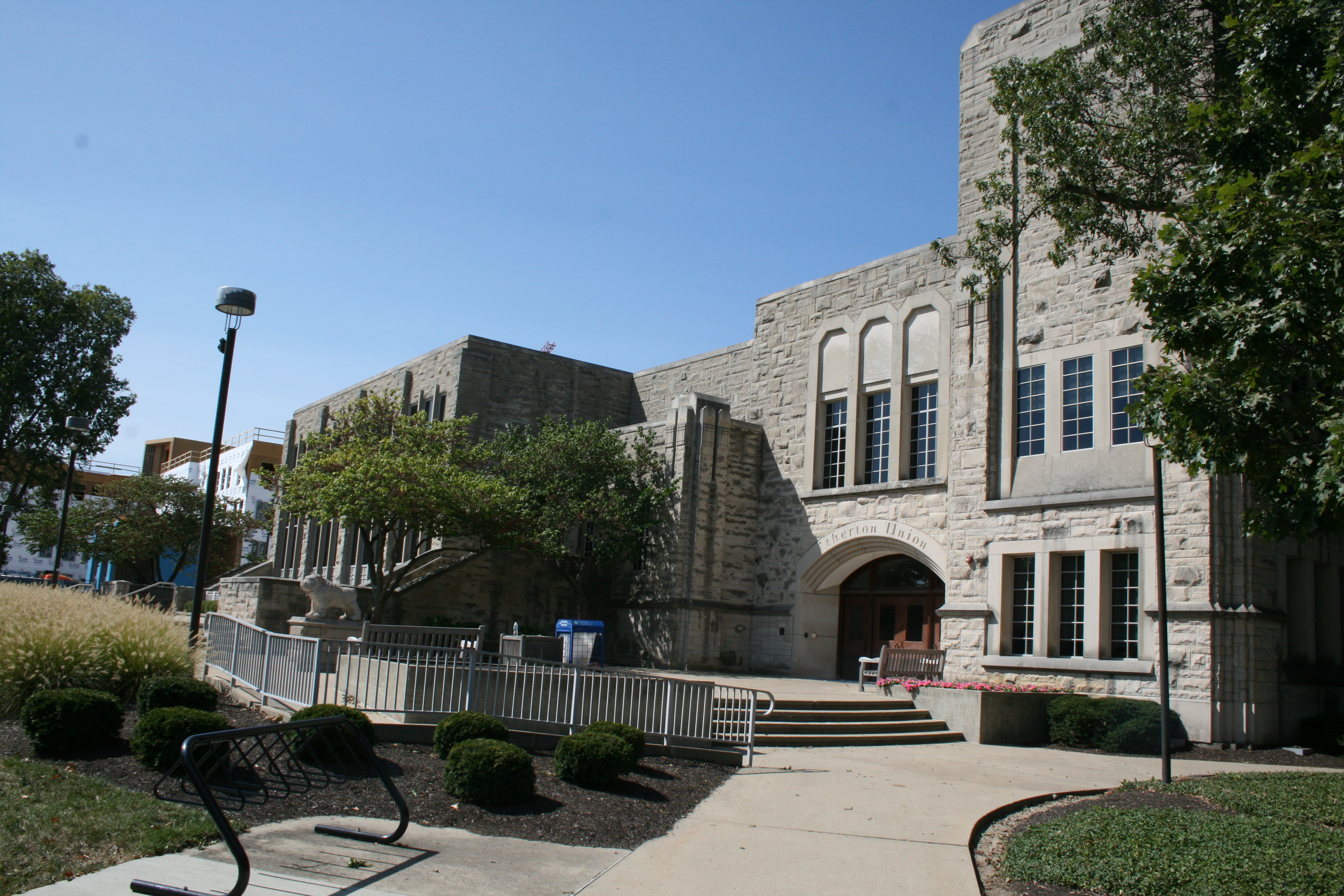Students of color on Butler’s campus share how their experiences differ from those of their peers. Collegian file photo.
CODY KLUNGSETH | STAFF REPORTER | cklungseth@butler.edu
Minority students share their experiences on Butler University’s campus, where as of the fall of 2020 82.7% of students were Caucasian according to a racial composition report. This disparity makes Butler a predominately white institution.
Junior criminology and sociology major Andre Hardy said his experience at Butler as a person of color has been both positive and negative.
“It’s kind of been like a love-hate relationship to be quite honest,” Hardy said. “I do appreciate my education at Butler, and I love it here, I do. However, there have been many ups and downs.”
Hardy said coming to Butler, he felt misled by the amount of diversity on campus and thought the university’s advertising showed much more diversity than what was actually present.
He also said while working with the Diversity Center, he has noticed groups having a more difficult time obtaining Diversity, Equity and Inclusion grants through SGA Senate.
Diana Fernandez Caumol, a first-year psychology and history and political science double major, said she feels out of place at times at Butler. Fernandez Caumol, who came to Butler from Bolivia, said the change in culture is taking some getting used to.
“As an international student, I feel like it made me feel even more out of place,” Fernandez Caumol said. “Especially when I was used to seeing people who look like me every single day and now I walk around and barely anyone looks even remotely like me.”
For Hardy, attending a PWI has not only presented challenges of representation but has also placed him in uncomfortable situations. During his time on campus, Hardy said he has had multiple uncomfortable interactions. Hardy said he’s been asked questions like “What are you?” as well as finding that someone had written “white power” outside of the Diversity Center.
“Students would come and, like, taunt us [in the Diversity Center] my first year at Butler,” Hardy said. “They would kind of like, look in on the glass, like it was a fish bowl, and like tap on it, and they’d bang on the door or yank on the door.”
Fernandez Caumol said she has also experienced uncomfortable interactions on campus. She said DEI training at Butler is something that could use some work.
“A lot of students say and do some questionable things,” Fernandez Caumol said. “I have explicitly been exposed to some of that and others I’ve just heard stories of, but I feel like DEI training should be mandatory for everyone.”
First-year exploratory major Destiny Cherry’s mother worried about her attending a PWI, but so far, Cherry has felt accepted and welcomed by everyone at Butler. Cherry said she chose to attend Butler because it was one of the best academic institutions in the area where she could also play volleyball.
“I personally have been in predominantly white schools since I was a kid,” Cherry said. “It’s just the area I grew up in. I’m very used to it.”
At the start of her first semester, Cherry said she was added to a Canvas group for the Hub for Black Affairs and Community Engagement, which serves as an institutional center to address systemic racism and Black oppression. She said it was nice to feel that support as soon as she started college.
The Diversity Center is another resource for students looking to find a community. Although she feels like an outsider at times, Fernandez Caumol said she appreciates what Butler has done with the Diversity Center. She said most of her free time is spent there, and she has formed bonds with a lot of her friends in what feels like a safe space.
Hardy has found support from professors on campus. He said some of the professors will ask him and other students of color how they’re doing during some of the hard topics, and if they can teach it in any other way to be more inclusive. He said he thinks Butler is making progress, and he is really excited about the class of 2025.
“It’s like 21% or so people of color and that’s amazing,” Hardy said. “I really saw the impact that they made on campus. Like when I went out on campus, I saw more people that looked like me and it was so exciting.”



